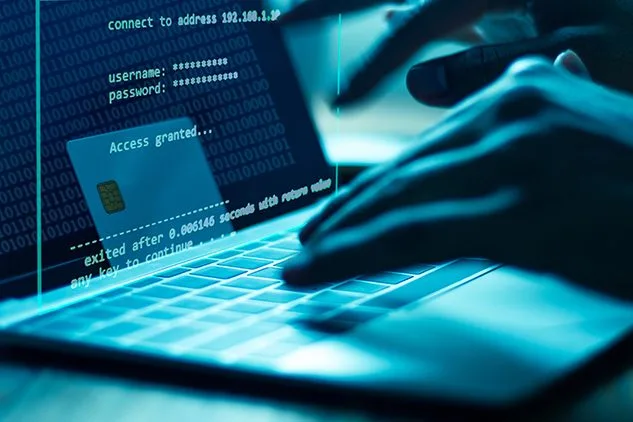Good Behavior vs. Bad Behavior: An Inside Look on Fraud Analysis
We explain how fraud analysts do it and give you a few behavioral red flags to keep an eye on.
We build trust with others based on what they do – not who they are. We observe behavior and analyze interactions, and slowly develop an opinion of a person’s trustworthiness based on what we see.
But when it comes to fraud detection and prevention, this strategy almost always goes out the window. Rather than carefully watching shopper behavior and pinpointing anomalies, we simply authenticate customers based on their identity.
And ultimately, this approach is insufficient. Not only are fraudsters getting better at impersonating legitimate customers, but many can create believable fake profiles as well.
Given that, retail and eCommerce businesses must strengthen their financial fraud detection by analyzing human behavior. In this post, we’ll explain how fraud analysts do it and give you a few behavioral red flags to keep an eye on.
Let’s get started.
How Human Behavior Can Be Used to Identify Fraud
While fraudsters can create a friendly email account or seemingly harmless profile on your eCommerce site, they still leave the same trail of suspicious behavior behind them.
Luckily, since fraud analysts are trained to identify even the smallest amount of eyebrow-raising activity, they can easily see beyond the facade. And anytime they do find activity that falls outside the norm, they simply reject the order.
In some cases, these analysts will use artificial intelligence and machine learning to speed up the detection process. The algorithm will filter through orders in real-time and pick out any suspicious behavior the analyst directs it to. Then, the fraud analyst spends time scrutinizing the anomalous activity identified by the AI. This saves time without sacrificing accuracy, as analysts don’t have to review every order that comes through the system by hand.
Want to see how Radial layers the expertise of fraud analysts on artificial intelligence and consortium data? Learn more about Radial fraud prevention.
Fraud Behavior: What to Look For
Unless your customers are outright shoplifting, it’s difficult to know when fraudulent activity is taking place. After all, most fraudsters try to appear normal for as long as possible, and most of the time, they’ll navigate your site in a fairly standard way.
However, there are some major anomalies (i.e. red flags) that fraud analysts will look for. Here are just a few of them:
- Shipping address not matching payment address
- Large quantities of products being purchased all at once, or in short succession
- Strange IP address location and its proximity to the shipping and receipt address on the order
- Whether the customer has been declined multiple times in a single session
Since these behaviors often accompany fraudulent activity, analysts can detect fraud that might otherwise slip through the cracks simply by paying attention to it.
How Does Bad Behavior Contrast with Good Behavior?
Good behavior contrasts bad behavior in exactly the way you might expect. Where fraudsters will take over customer accounts and change shipping addresses to route products to their location, customers will having matching payment and shipping addresses. And rather than purchasing 100 pairs of jeans on one order, legitimate customers will purchase just a few.
There is, obviously, a risk of false declines now and then – but with the right combination of machine learning and fraud detection expertise, you can more easily separate customer card entry mistakes from actual fraud.
When you have hundreds or thousands of orders pouring in daily, taking the time to manually detect fraud behavior is virtually impossible. However, by adding behavioral factors to payment fraud analytics criteria, you can pick out fraudulent activity more successfully.
